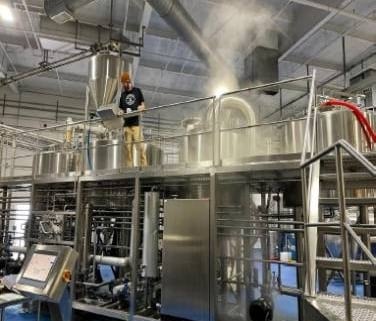Stainless Conical Fermenter
Overview of Stainless Conical Fermenters
If you’re diving into the world of brewing, the stainless conical fermenter is a piece of equipment you’ll hear a lot about—and for good reason. This sleek, modern fermenter isn’t just for show; it’s a powerhouse that combines functionality, efficiency, and ease of use. Whether you’re brewing craft beer at home or running a professional brewery, a stainless conical fermenter offers significant advantages in terms of hygiene, durability, and fermentation control. But how do you choose the right one? And how do you troubleshoot common issues?
What Makes a Stainless Conical Fermenter Special?
At its core, a stainless conical fermenter is designed to optimize the fermentation process. Its cone-shaped bottom allows sediments, like yeast and trub, to collect at the base, making it easier to separate your beer from unwanted particles. Plus, the stainless steel construction is both durable and resistant to contamination. Here’s what sets it apart:
- Hygiene: Stainless steel is non-porous, meaning it doesn’t absorb bacteria or odors.
- Durability: It’s tough enough to handle years of brewing without rusting or corroding.
- Efficiency: The conical shape streamlines sediment removal, making transfers cleaner and faster.
- Temperature Control: Many models feature built-in cooling jackets or ports for temperature regulation.
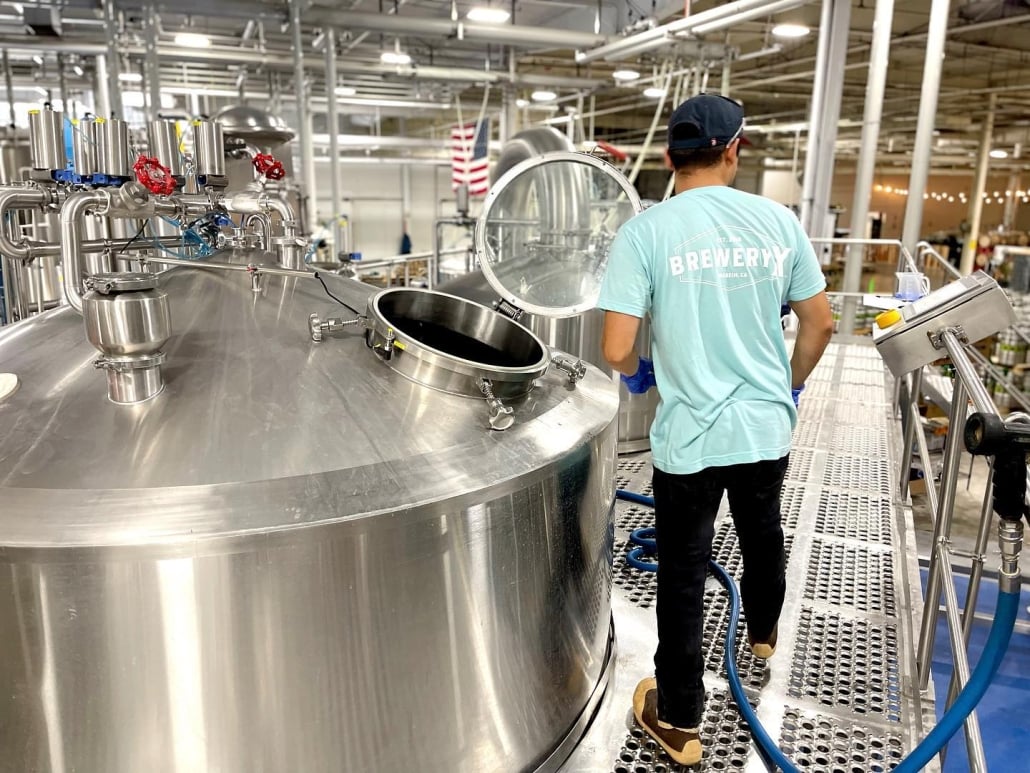
Troubleshooting Common Issues with Stainless Conical Fermenters
1. Leaks Around Seals
Leaks can occur if the gaskets or seals aren’t seated properly.
Solution: Regularly inspect and clean seals, and ensure they’re seated evenly before tightening.
2. Difficulty Removing Sediment
Sometimes, sediment clogs the dump valve, making it hard to clean.
Solution: Use a slightly larger valve size or flush the sediment with warm water.
3. Temperature Fluctuations
Inconsistent temperatures can affect fermentation quality.
Solution: Invest in a fermenter with a cooling jacket or pair it with an external temperature control system.
4. Scratches on Interior Surfaces
Scratches can harbor bacteria and compromise hygiene.
Solution: Use soft cleaning tools and avoid abrasive scrubbing pads.
The Brewing Process with a Stainless Conical Fermenter
Using a stainless conical fermenter simplifies and enhances the brewing process:
- Fermentation: The airtight design maintains a controlled environment, minimizing exposure to oxygen and contaminants.
- Sediment Collection: The conical bottom collects yeast and trub, which can be easily drained without disturbing the beer.
- Sampling: Built-in sampling valves allow you to taste and test your brew without opening the fermenter.
- Secondary Fermentation: If needed, you can easily transfer beer to a secondary fermenter or continue the process in the same vessel.
- Cleaning: Stainless steel is easy to clean, and many models feature CIP (clean-in-place) systems for hassle-free maintenance.
Comparison of Capacity, Design, and Customization Options
| Feature | Details |
|---|---|
| Capacity | Ranges from 5 gallons (homebrewers) to 30+ barrels (commercial setups) |
| Space Requirements | Compact designs available for tight spaces; larger units need dedicated rooms |
| Design Features | Cooling jackets, pressure relief valves, tri-clamp fittings |
| Customization | Adjustable legs, additional ports, thermometers, and sampling valves |
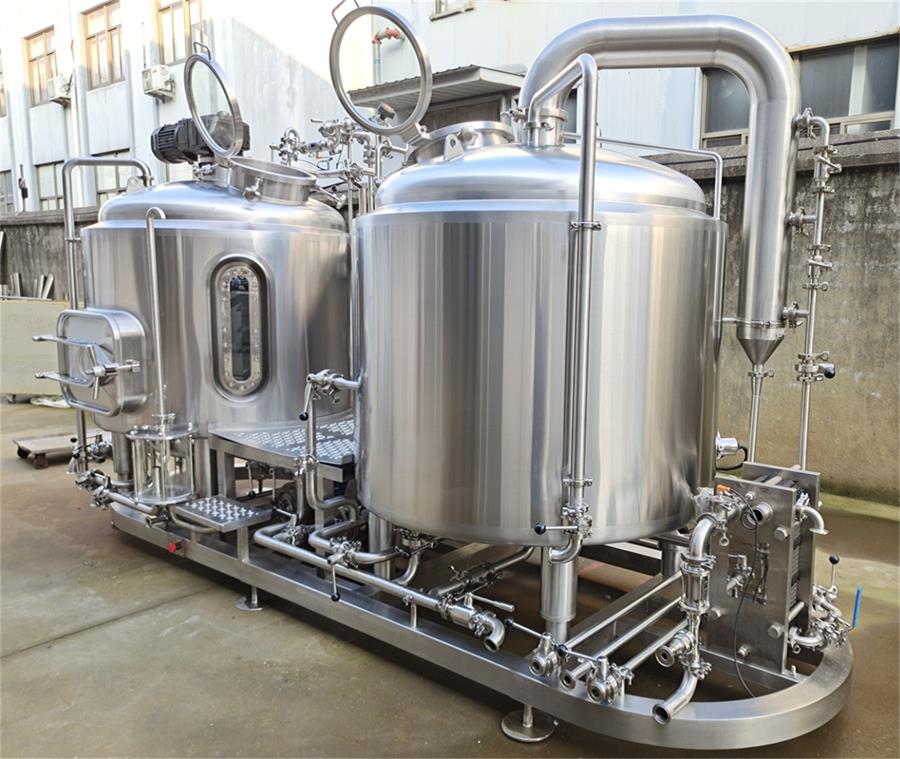


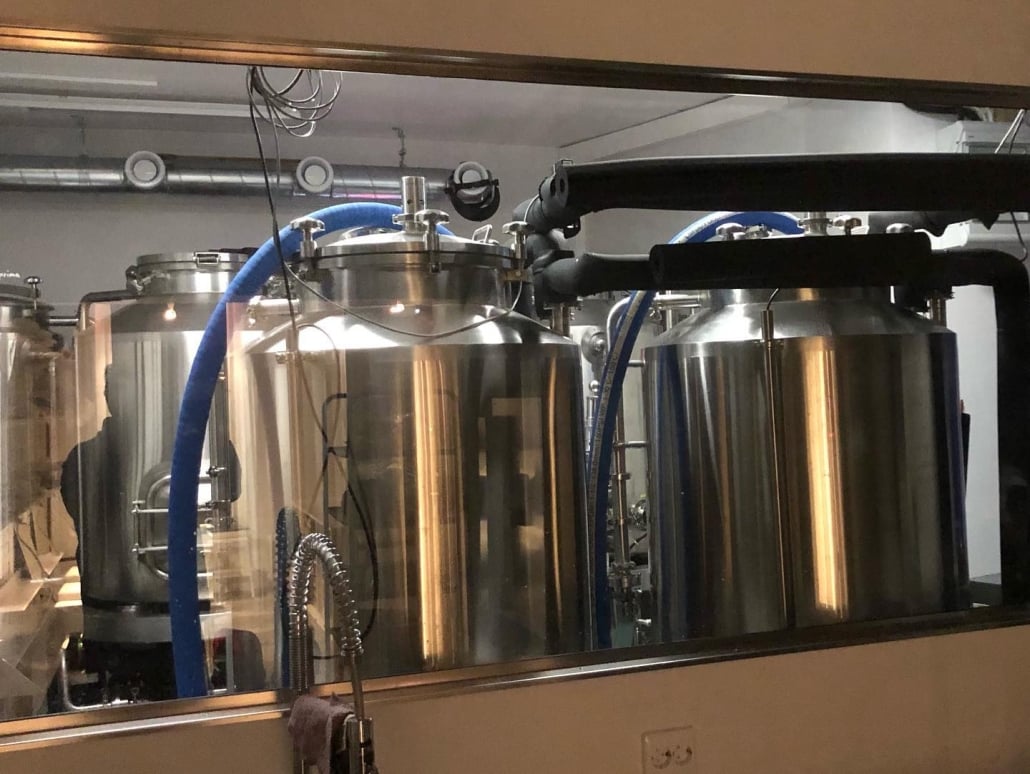
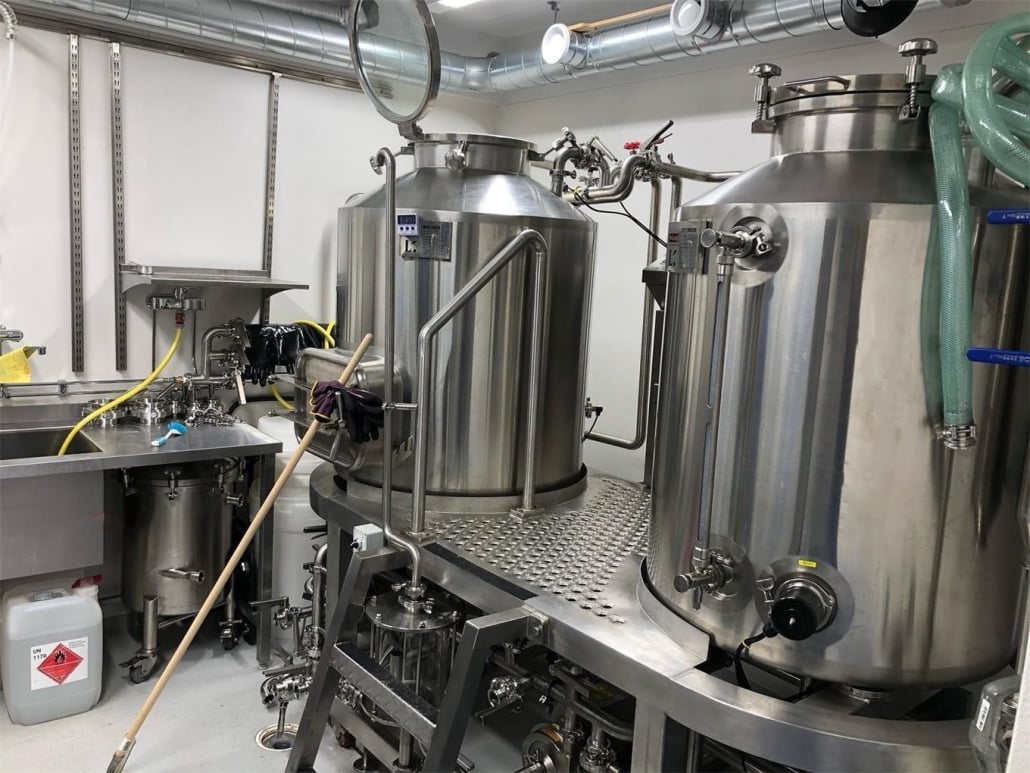
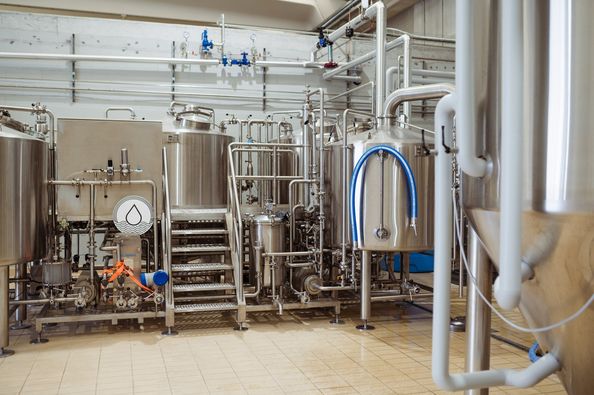
Popular Suppliers and Price Ranges
| Supplier | Price Range | Special Features |
|---|---|---|
| SS Brewtech | $200 – $2,500 | Homebrewing and small-scale fermenters |
| Blichmann Engineering | $400 – $3,000 | Innovative features, high-end design |
| Spike Brewing | $500 – $5,000 | Customizable commercial-grade fermenters |
| MoreBeer | $150 – $2,000 | Affordable and versatile options |
Installation, Operation, and Maintenance
| Aspect | Details |
|---|---|
| Installation | Requires stable surface, proper seal alignment, and temperature control setup |
| Operation | Easy-to-use valves and ports; follow manufacturer’s instructions |
| Maintenance | CIP systems simplify cleaning; inspect seals and gaskets regularly |
How to Choose the Right Supplier
| Criteria | Key Considerations |
|---|---|
| Reputation | Look for reviews and testimonials from other brewers |
| Customization Options | Ensure the supplier offers features tailored to your needs |
| After-Sales Support | Check for warranties and customer service availability |
| Price and Value | Compare features and prices to find the best balance for your budget |
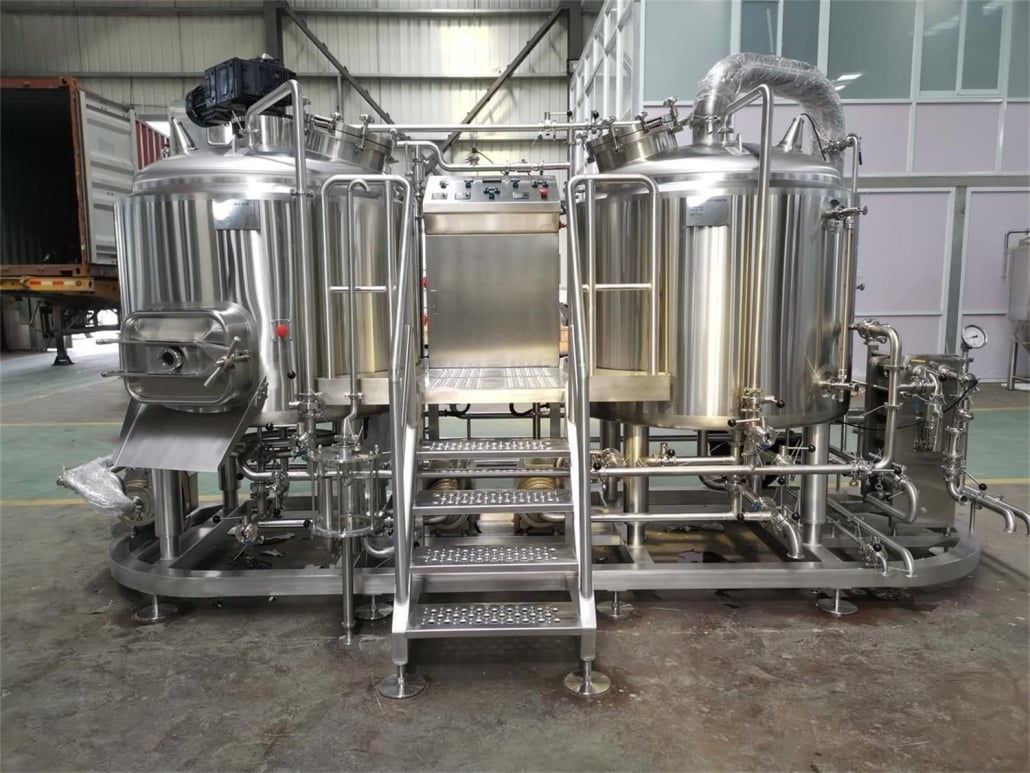
Pros and Cons of Stainless Conical Fermenters
| Aspect | Advantages | Disadvantages |
|---|---|---|
| Hygiene | Non-porous, easy to sanitize | Higher initial cost |
| Durability | Long-lasting, resistant to rust | Heavier than plastic alternatives |
| Efficiency | Streamlined sediment removal | Requires more space |
| Aesthetics | Professional and modern appearance | Can be overkill for beginners |
FAQ
| Question | Answer |
|---|---|
| Why are conical fermenters better for brewing? | They streamline sediment removal and maintain a controlled environment. |
| How do I clean a stainless conical fermenter? | Use CIP systems or mild cleaning agents with a soft cloth or brush. |
| Are they worth the investment for homebrewers? | Yes, if you’re serious about brewing and want consistent results. |
| Can I use a conical fermenter for wine? | Absolutely! They work well for fermenting both beer and wine. |
| What size fermenter should I buy? | Choose a size that matches your batch volume; allow extra space for krausen. |

